First approved drug for this overlooked condition may soon be at hand
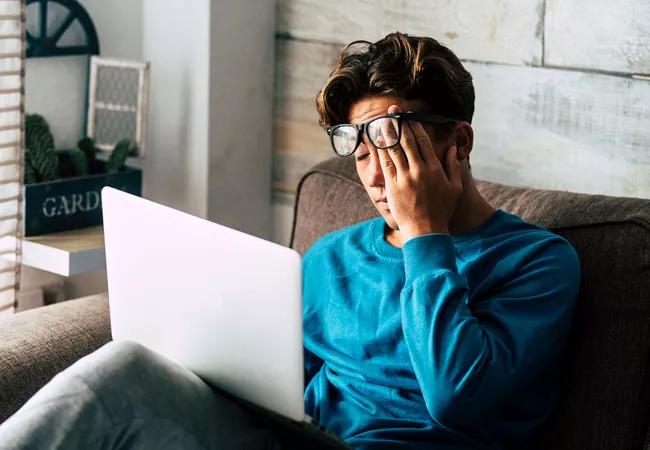
Idiopathic hypersomnia (IH), a little-known neurologic condition, leaves patients feeling unrefreshed and excessively tired during the day despite sleeping deeply and for unusually long periods at night. No approved treatment exists for it, but that may be about to change.
Cleveland Clinic is a non-profit academic medical center. Advertising on our site helps support our mission. We do not endorse non-Cleveland Clinic products or services. Policy
Results from a phase 3 multicenter study led by researchers from Cleveland Clinic show that lower-sodium oxybate (LXB) reduced symptoms of IH relative to placebo and was well tolerated. Those data are part of a New Drug Application undergoing priority review by the FDA.
“Compared with placebo, LXB significantly reduced the severity of every clinically meaningful symptom of IH we measured using a 14-item, self-reported questionnaire,” says Nancy Foldvary-Schaefer, DO, MS, principal investigator of this analysis and Director of Cleveland Clinic’s Sleep Disorders Center. “Taking the drug was so life-changing for some participants that they wanted to stay on it after the trial.”
Findings from the study, conducted in adults aged 18 to 75 years, were reported at the recent virtual Sleep 2021 meeting and are to be presented at the American Neurological Association annual meeting in October. LXB has the same active moiety at the same concentration as sodium oxybate (SXB), but its unique composition of cations results in 92% less sodium, making it potentially safer for long-term administration. In July 2020, LXB was approved by the FDA for cataplexy or excessive daytime sleepiness in patients aged 7 years or older with narcolepsy, the same indications as SXB.
For the new study of LXB, the researchers used the Idiopathic Hypersomnia Severity Scale (IHSS) to assess the severity of symptoms and their impact on daily activities and general health of participants at baseline and during a 10- to 14-week open-label optimized treatment and titration period and a 2-week stable-dose period.
Treatment was with once- or twice-nightly dosing of LXB in liquid form. Participants either had not received therapy for IH or were treated with SXB and/or alerting agents. Those on SXB at study entry were transitioned from SXB to LXB at the same dose and regimen. Randomization after the stable-dose period, in those eligible, was to LXB or placebo.
An analysis of covariance model was used to assess the IHSS total scores. Results showed an improvement over time in all 14 measures with LXB treatment during the optimized treatment and titration period, which remained consistent during the stable-dose period. In comparison, symptoms in the placebo group got worse (estimated median difference, –12.0 [95% CI, –15.0 to –8.0]; P < 0.0001).
While the main takeaway from the study is the potential for LXB to have a sustained positive impact on patients with IH, Dr. Foldvary-Schaefer also hopes it will increase awareness of a debilitating yet underrecognized condition. “Neurologists generally have not received ample education about sleep medicine, and many need a heightened awareness of the various central nervous system hypersomnia disorders and others associated with daytime sleepiness,” she says.
Unlike individuals with narcolepsy, patients with IH do not have disturbed nighttime sleep. They may sleep deeply for as many as 15 hours every night and nap for 5 days or more out of the week, yet not feel refreshed. Other characteristics of the disorder, which develops over weeks or months, include confusion on waking and a kind of “sleep drunkenness,” or inability to shake off sleep.
“People with IH have an intense need to sleep and an inability to maintain wakefulness,” says Dr. Foldvary-Schaefer. “Sleep testing is important for accurate diagnosis because it can differentiate among normal individuals and those with IH and narcolepsy.”
Another issue potentially confounding IH diagnosis is that its onset typically occurs in adolescence or young adulthood. “IH often presents in the second or third decades of life,” says Dr. Foldvary-Schaefer, “and it may be overlooked because of assumptions that teenagers need more sleep than adults, or it may be misinterpreted as laziness.”
Absent an agent specifically approved for IH, the drugs currently used to treat it are methylphenidate and amphetamine derivatives, as well as wake-promoting agents such as modafinil and armodafinil. All are indicated for daytime sleepiness and only partially effective for IH. The potential side effects, which may be serious, can include tolerance and potential for addiction.
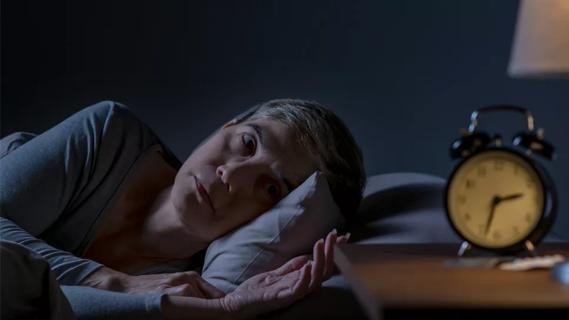
Large cohort study suggests need for routine sleep screening as part of neurological care
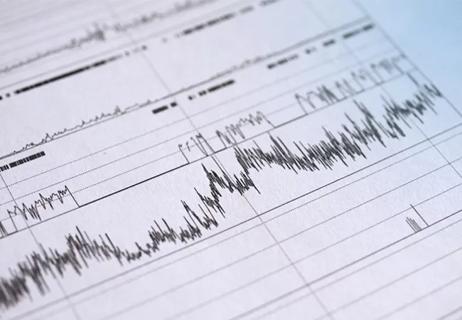
Normal or inconsistent MSLT results should not rule out this debilitating disorder
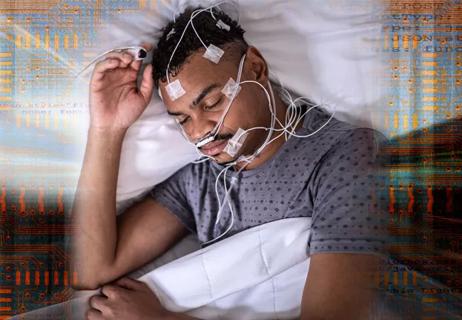
Prior-night polysomnography predicts results from mean sleep latency testing
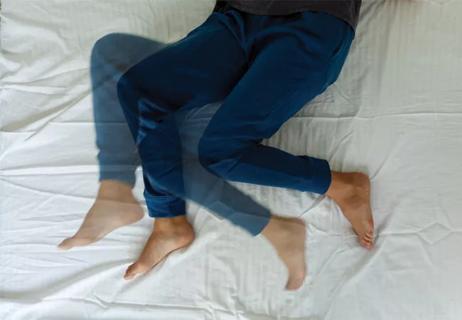
Bedroom safety, medication use and ethical dilemmas are addressed
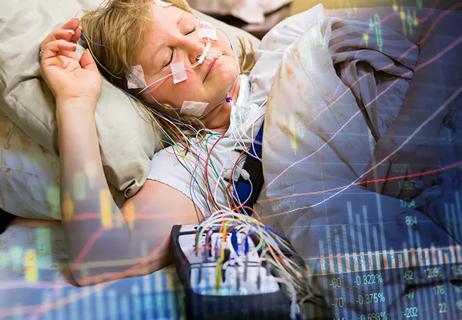
Retrospective analysis finds “hypoxic and sleepy” subtype to confer greatest risk

Studies of three investigational therapies test targeting of diverse mechanistic pathways
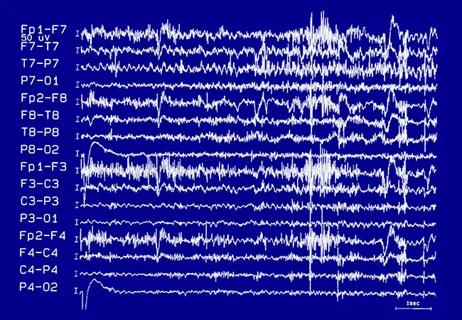
Semiology and electro-clinical correlation provide critical clues

Lower-sodium product is latest advance in an active therapeutic area